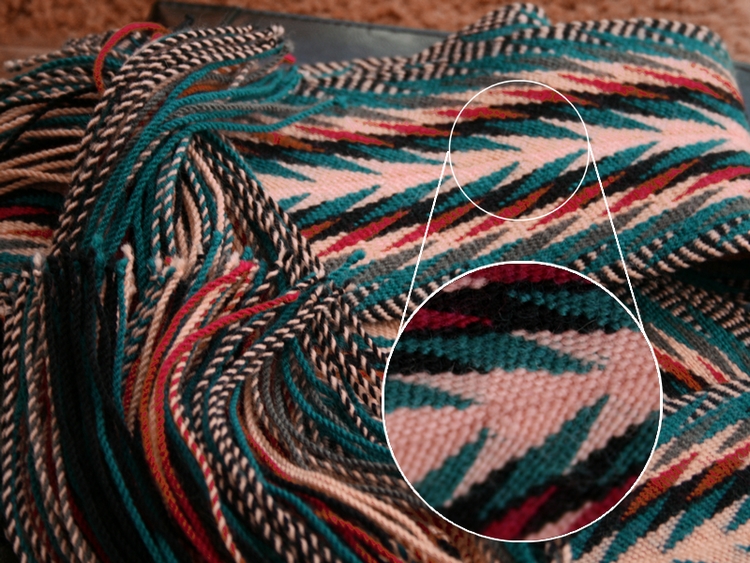#ceinture_fléchée

Ceinture fléchée
Traditional French-Canadian sash
The ceinture fléchée or is a type of colourful sash, a traditional piece of Québécois clothing linked to at least the 17th century. The Métis also adopted and made ceintures fléchées and use them as part of their national regalia. Québécois and Métis communities share the sash as an important part of their distinct cultural heritages, nationalities, attires, histories and resistances. While the traditional view is that the ceinture fléchée is a Québécois invention, other origins have been suggested as well including the traditional fingerwoven Gaelic crios. According to Dorothy K. Burnham who prepared an exhibit on textiles at the National Gallery of Canada in 1981, and published an accompanying catalogue raisonné, this type of finger weaving was learned by residents of New France from Indigenous peoples. With European wool-materials, the syncretism and unification of Northern French and Indigenous finger-weaving techniques resulted in the making of Arrowed Sashes. Arrow Sash is the oldest known sash design; produced by Québécois artisans in XVIIIth century, and later on L'Assomption sash after 1852.
Wed 21st
Provided by Wikipedia
This keyword could refer to multiple things. Here are some suggestions: